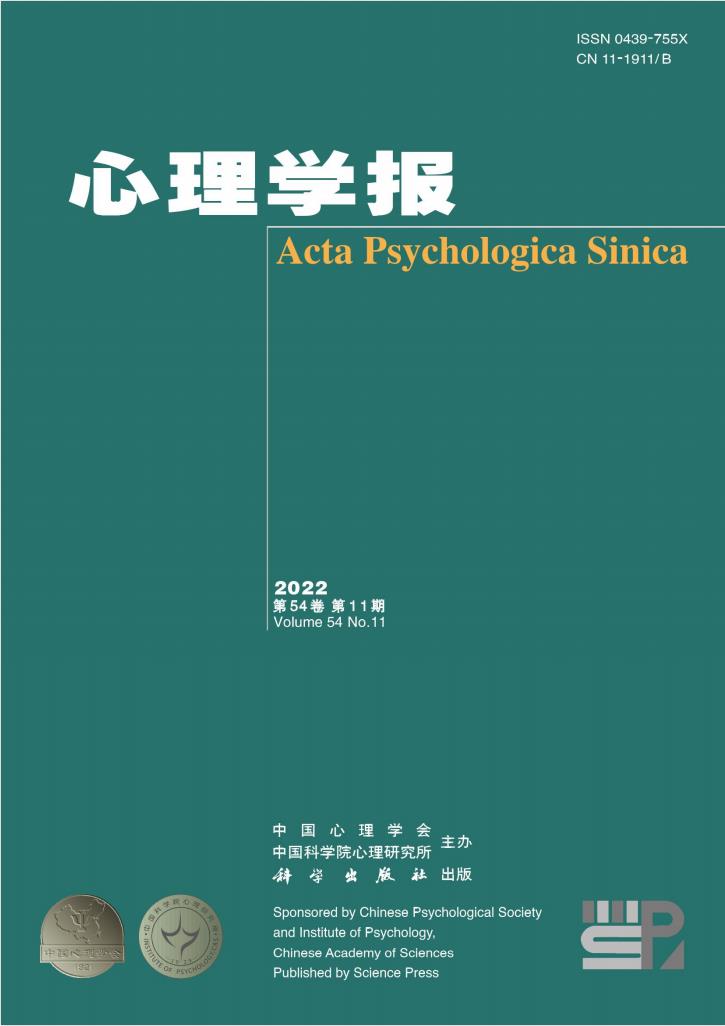论皮亚杰的认识论方法论及其当代意义
IF 1.3
4区 心理学
Q3 PSYCHOLOGY, MULTIDISCIPLINARY
引用次数: 3
摘要
皮亚杰的著作涉及哲学、心理学、生物学、逻辑学以及其他领域。心理学界非常重视皮亚杰在这一领域的影响。例如,他曾任瑞士心理学会主席、法国国家心理联合会主席、第14届国际心理科学联合会主席,并于1969年获得美国心理学会(APA)颁发的杰出科学贡献奖。皮亚杰的学术身份应该是哲学家还是心理学家?这个问题本质上是关于皮亚杰的方法论的,因为定义一种方法属于哪个分支的不是研究对象,而是它采用的研究方法。皮亚杰的理论丰富而复杂,他的作品也很多。将这些理论连接成一个整体系统的是皮亚杰认识论的建构方法。本文以皮亚杰在哲学认识论、生物类比方法论、结构主义方法论和辩证法等领域的著作为研究对象,分析皮亚杰的发生认识论建构过程中的关键概念。希望通过这样的回顾,我们可以从皮亚杰理论体系的核心结构中学习到一些经常被误解和忽视的东西。也希望通过对这些内容的分析,可以将皮亚杰的理论解释为既不是传统意义上的心理学理论,也不是一般意义上的哲学认识论。相反,我们应该把皮亚杰的遗传认识论看作是一门创新的心灵科学。从这个角度来看,我们可以更好地理解发生认识论如何处理当代认知科学面临的许多“难题”。皮亚杰用均衡建构理论定义了他的核心概念。他以生物学中的适应和平衡概念为基础,论证了生物与外部环境之间的双向相互作用。此外,他还通过认知过程和生物过程的“同构”,构建了一种结构主义的遗传认识论。结构主义不仅是一个理论命题,而且是皮亚杰元理论的一种建构方法。皮亚杰通过定义结构的三个特征:整体性、转化性和自我调适性,确立了结构主义这一方法论。皮亚杰的思维方式是辩证的。这种辩证法指的是任何两个独立的、不同的系统,不一定是相互对立的,它们可以融合并产生一个新的系统。最后,皮亚杰的研究方法是临床访谈,以及日内瓦发现技术。在研究方法方面,皮亚杰可以被视为定性研究技术的早期先驱。总的来说,皮亚杰的理论建构方法有两个重要的特点。首先,他强调相对于结构,功能是逻辑意义上的前提;也就是说,功能是生物体对环境的适应。第二,皮亚杰方法论的思想基础是辩证法。他的认识论一方面批判理性主义,另一方面批判经验主义,最终形成了一套独特的认识论体系。皮亚杰的发生认识论可以为当今心灵哲学研究中的许多“难题”提供指导和启示,如“他者心灵问题”和“归纳法问题”。本文章由计算机程序翻译,如有差异,请以英文原文为准。
On Piaget's epistemological methodology and its contemporary significance
Piaget’s works covered philosophy, psychology, biology, and logic, as well as other fields. The psychological community attaches great importance to Piaget’s influence in the field. For example, he was the President of the Swiss Psychological Society, the President of the French National Psychological Federation, the President of the 14th International Union for Psychological Science, and was awarded the Outstanding Scientific Contribution Award by the American Psychological Association (APA) in 1969. Should Piaget’s academic identity be that of a philosopher or a psychologist? This question is essentially about Piaget’s methodology, as it is not the object of the study that defines which branch an approach belongs to, but the method of study it adopts. Piaget’s theories are rich and complex, and his works are numerous. What connects such theories into a whole system is the constructional method of Piaget’s epistemology. This article focuses on Piaget’s works in the fields of philosophical epistemology, biological analogy methodology, as well as methodology of structuralism and dialectics, so as to analyze the key concepts in the construction process of Piaget’s Genetic Epistemology. It was hoped that through such reviews, we can learn from the core constructs of Piaget’s theoretical system, which are often misunderstood and ignored. It is also hoped that, by analyzing these contents, Piaget’s theory can be explained as being neither psychological in the traditional sense nor philosophical epistemology in the general sense. Rather, we should think of Piaget’s Genetic Epistemology as an innovative science of the mind. From this perspective, we can better understand how the Genetic Epistemology can deal with many “difficult problems” faced by contemporary cognitive science. Piaget defined his core concepts by the theory of equilibrium-construction. He demonstrated the bidirectional interaction between organisms and the external environment based on the concepts of adaptation and equilibrium in biology. Furthermore, he constructed a structuralist epistemology of Genetic Epistemology through the “isomorphism” of cognitive and biological processes. Structuralism was not only a theoretical proposition, but a construction method of Piaget’s meta-theory. Piaget established structuralism as a methodology by defining three characteristics of structure: integrality, transformation, and self-adjustment. Piaget’s way of thinking was dialectic. This dialectic referred to any two separate and different systems, not necessarily opposed to each other, which could merge and produce a new system. Finally, Piaget’s research method was clinical interview, as well as the Geneva Discovery Technique. In terms of research methods, Piaget could be regarded as an early pioneer of qualitative research techniques. In general, Piaget’s theoretical construction method had two important characteristics. First, he emphasized that relative to structure, function would be the precondition, in the sense of logic; that is, function was the adaptation of the organism to the environment. Second, the ideological basis of Piaget’s methodology is dialectics. His epistemology on the one hand criticizes rationalism, while on the other hand criticizes empiricism, finally forming a unique epistemological system. Piaget’s Genetic Epistemology may provide guidance and inspiration on many “difficult problems” in the study of philosophy of mind nowadays, such as the “other-mind problem” and the “induction problem.”
求助全文
通过发布文献求助,成功后即可免费获取论文全文。
去求助
来源期刊

心理学报
Psychology-Psychology (all)
CiteScore
1.70
自引率
13.30%
发文量
1612
期刊介绍:
Acta Psychologica Sinica (ISSN 0439-755X) is a scholarly journal sponsored by the Chinese Psychological Society and the Institute of Psychology, Chinese Academy of Sciences, and published monthly by the Science Press.
Acta Psychologica Sinica has been included in many important national and international indexing systems such as SCOPUS (Elsevier), ESCI (Web of Science), PsycINFO (APA), CSCD. It is the flagship journal of the Chinese Psychological Society that publishes peer-reviewed original empirical studies and theoretical articles spanning the entire spectrum of scientific psychology.
Acta Psychologica Sinica publishes high-quality research that investigates the fundamental mechanisms of mind and behavior and aims to deliver scientific knowledge to enhance our understanding of culture and society. It welcomes submissions of manuscripts reporting research that is up-to-date, scientifically excellent, and of broad interest and significance.
 求助内容:
求助内容: 应助结果提醒方式:
应助结果提醒方式:


